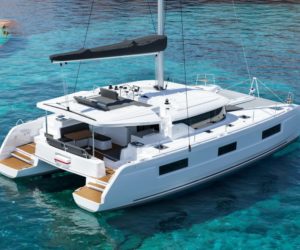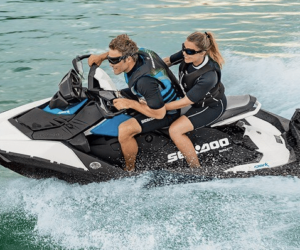Regional wines in Istria
Regional wine varieties in Istria

The geography and climate of Istria
The geographical and climatic conditions in Istria are ideal for viticulture. The region benefits from a mild Mediterranean climate with hot, dry summers and mild, wet winters. The soil, often known as “Terra Rossa”, is rich in minerals and provides a perfect basis for growing vines.
The main wine varieties of Istria
Malvasia Istarska
Malvazija Istarska is probably the best-known white grape variety from Istria. This wine is characterised by its fresh, fruity aromas, often with notes of citrus fruits, green apples and sometimes a hint of almonds. Malvazija is an ideal accompaniment to seafood and light dishes, but is also excellent as an aperitif.
The versatility of Malvazija is also evident in its ability to be drunk young and fresh as well as aged, giving it added depth and complexity. Some winemakers are even experimenting with oak barrel ageing to give the wine additional flavour nuances.
Teran
Teran is the dominant red grape variety in Istria and a must for every red wine lover. This wine is powerful and spicy, with a characteristic flavour of dark berries, plums and a hint of spice. Teran wines often have a lively acidity and robust tannins, which gives them excellent ageing potential.
Traditionally, Teran has been produced in rustic styles that pair perfectly with the savoury dishes of the region, such as game or hearty meat dishes. However, modern interpretations of Teran can also be more elegant and complex, often with subtle notes of wood and chocolate.
Refosk
Refosk, also known as Refosco, is another important red grape variety in Istria. This wine has deep flavours of cherries, blackberries and a slight hint of pepper. Refosk is often full-bodied and tannic, making it an excellent choice for pairing with grilled meats and strong cheeses.
Muskat Momjanski
Muskat Momjanski, a sweet dessert wine, comes from the northern part of Istria. This grape variety has intense flavours of honey, orange blossom and exotic fruits. Muskat Momjanski is ideal as an accompaniment to desserts or as a gourmet wine for special moments.
Wine routes and wine tourism in Istria
The Buje Wine Route
The Buje Wine Route is particularly known for its excellent wineries and high quality wines. Here you will find renowned producers such as Kabola, known for its first-class Malvazija and Teran wines. A visit to this region offers not only exquisite wine tastings, but also breathtaking views of the Istrian landscape.
The Poreč wine route
The Poreč wine route offers a variety of wineries that produce a wide range of wines. Here you can taste everything from traditional wines to modern creations. Wineries such as Agrolaguna offer guided tours where you can learn more about wine production and the history of the region.
The Rovinj Wine Route
The Rovinj Wine Route leads through one of the most picturesque towns in Istria. Here you can taste wines while enjoying the historic old town centre and beautiful beaches. Winemakers such as Matošević have made a name for themselves by combining the tradition of Istrian viticulture with modern techniques.
Our summary
The wines of Istria are more than just a treat for the palate – they are an expression of the rich culture and history of this fascinating region. From the fresh aromas of Malvazija Istarska to the deep, complex flavours of Teran, Istria offers an impressive variety of wines to discover. Whether you are an experienced wine connoisseur or a curious novice, Istria’s wine routes offer the perfect opportunity to explore the treasures of this wine region.
Discover the wines of Istria and let yourself be enchanted by the magic of this region!






























